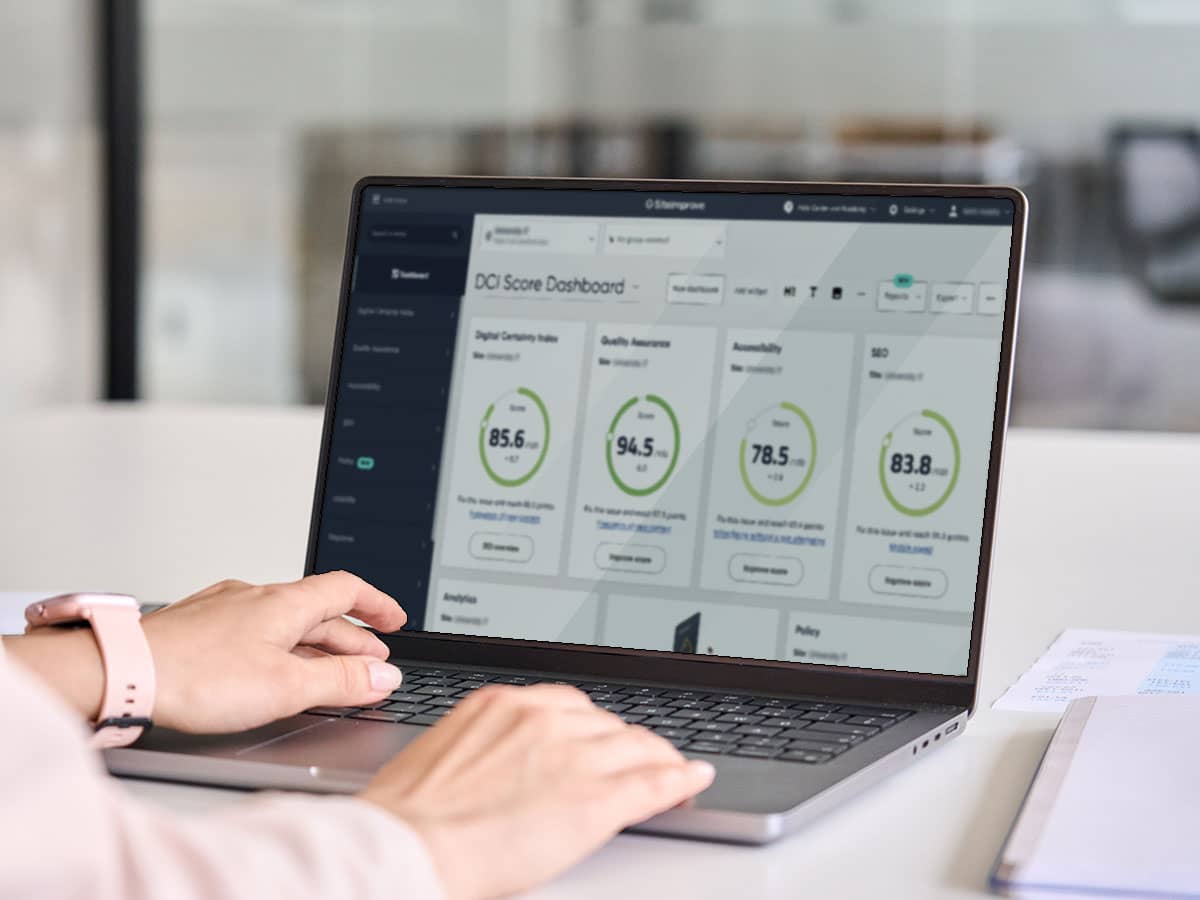


Website Accessibility
Our Approach to Web Accessibilty
Comprehensive Accessibility Audits: Evaluating your website to identify and address accessibility barriers.
User-Centered Design Principles: Implementing design strategies that ensure ease of use for all users, including those with disabilities.
Technical Compliance with Standards: Adhering to WCAG and ADA guidelines to meet legal requirements and ethical standards.
Ongoing Monitoring and Support: Providing continuous oversight and updates to maintain and improve accessibility standards.


Our Expertise at understanding ADA compliance in the web
Choosing Werkbot for your website accessibility needs means:
- Partnering with a team that deeply values inclusivity and ethical digital practices.
- Benefiting from our expertise in blending accessibility with aesthetics and functionality.
- Ensuring your website is not just compliant, but also a benchmark for inclusive digital experiences.
Deliverables
- Accessibility Audit and Evaluation: Review the website to identify accessibility barriers using both automated tools and manual testing.
- Accessibility Report: Compile a report detailing non-compliance areas with specific recommendations for improvements.
- Accessibility Training for Staff: Conduct training sessions on best practices for creating and maintaining accessible digital content.
- Integration with Tools: Enhance accessibility with tools for screen reader compatibility, keyboard navigation, and visual aids like text resizing and contrast adjustment.
Expected Outcomes
- Expanded Audience Reach: Making your website accessible to a wider range of users, including those with disabilities.
- Enhanced SEO Performance: Leveraging accessibility features that align with SEO best practices, improving search engine rankings.
- Improved User Experience: Offering a seamless, user-friendly experience for all visitors.
- Compliance and Risk Mitigation: Adhering to legal standards, reducing the risk of accessibility-related litigation.
